Lens: Nikon 135 mm f/4 bellows
Vintage: About 1968.
Lens Mount: Attaches directly to the Nikon BR-1 ring. The BR-1 ring has an F-mount. Otherwise, there is a M39 thread on the rear of the lens (this is what I use).
Needed Adapters: Nikon BR-1 ring or M39 to camera-specific adapter.
Preferred Mounting: Normal, not reversed.
Filter Thread: 43 mm
Street Price: $100-$150 in good used condition, significantly more with a BR-1 ring.
Controls: Aperture control and aperture preset ring.
Aperture: 15 blades.
Basic Function: Requires a bellows to set focus and magnification.
| Extension | Magnification | Working Distance |
| 130 mm | 0.33 | 507 mm |
| 160 mm | 0.56 | 338 mm |
| 190 cm | 0.79 | 261 mm |
| Est. Focal Length: 130.8 mm | ||
Appearance:
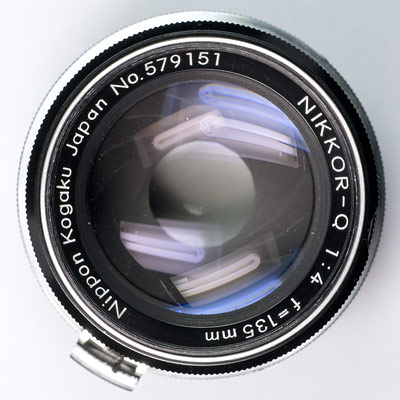
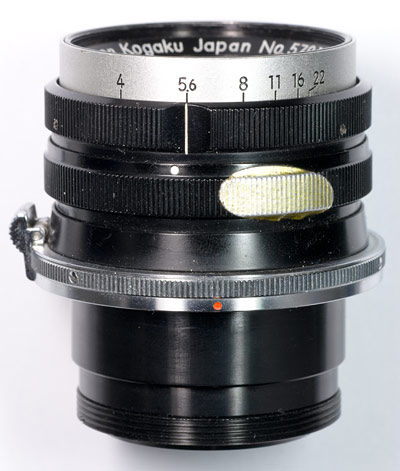
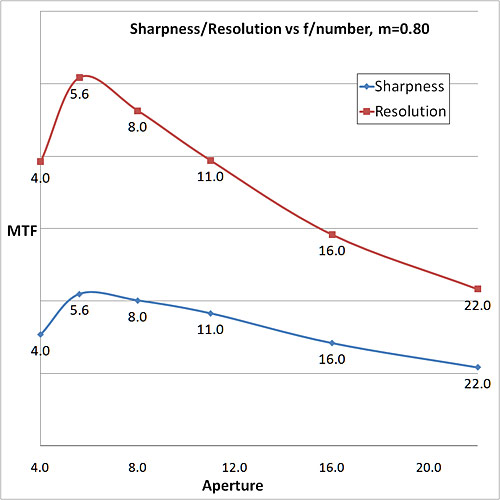 Resolution vs. Aperture:
Resolution vs. Aperture:
The sharpest aperture is f/5.6, better than average for a lens of this focal length.
The most resolving aperture is also f/5.6.
This means that f/5.6 is a good aperture to shoot at for sharpness and resolution, although you may want to shoot images at f/8 given the corner sharpness of this lens (see the next sections).
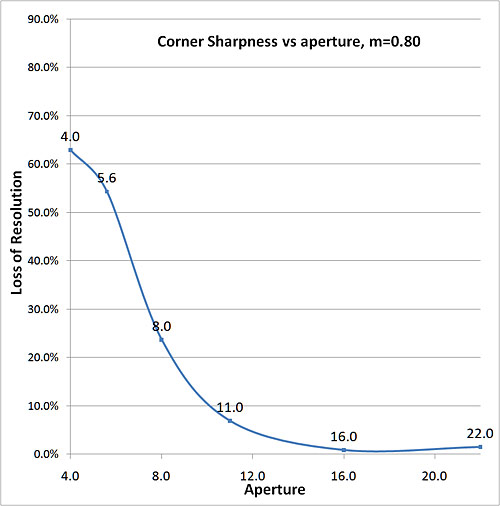 Corner Sharpness vs. Aperture:
Corner Sharpness vs. Aperture:
The corner sharpness of the lens is OK at the sharpest aperture of f/5.6 although you will likely be able to see a little fuzziness on the periphery at this aperture.
The corner sharpness improves significantly at f/8 and above. If you want sharper corners you can shoot images at f/8 although you will pay a small price in sharpness and resolution.
(Testing done at 0.80:1 magnification.)
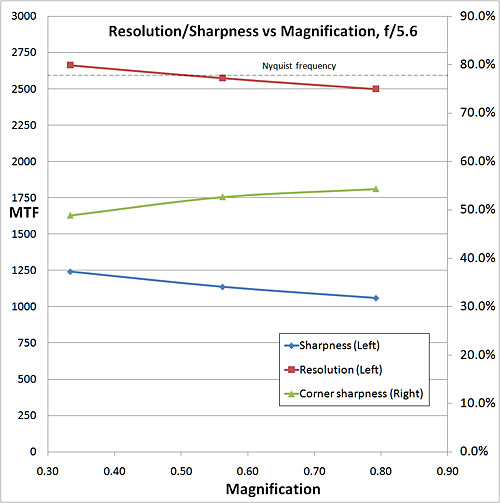 Sharpness and Resolution vs. Magnification:
Sharpness and Resolution vs. Magnification:
This lens shows surprisingly high sharpness and resolution across the macro range. The numbers are better than most 105 and 135 bellows lenses and enlarging lenses that I have so far tested.
The MTF50 (sharpness) stays above 1000 lp/ph across its useful macro range on my equipment. The MTF10 (resolution) stays very near the limit of the D200 detector across this range.
Adding to the good sharpness and resolution number is the large working distance - can be too much for large coins and medals.
The corner sharpness stays around 50% across the macro range at f/5.6. This could be improved by stopping the lens down a notch to f/8.
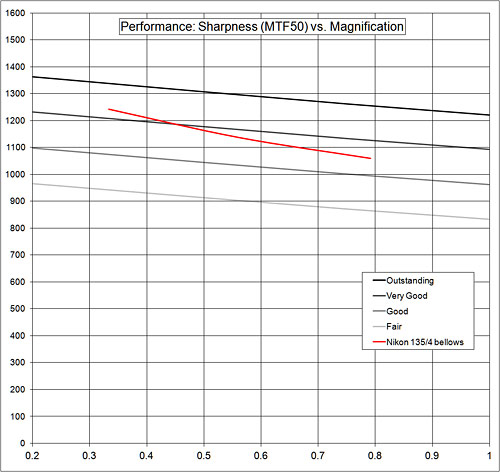 Performance: Sharpness vs. Magnification:
Performance: Sharpness vs. Magnification:
I have 4 lines that represent levels of performance from outstanding (top) to fair (bottom). This shows where this lens fits into the hierarchy that I have created.
The Nikon 135/4 bellows shows very good to good sharpness performance across the macro magnification range.
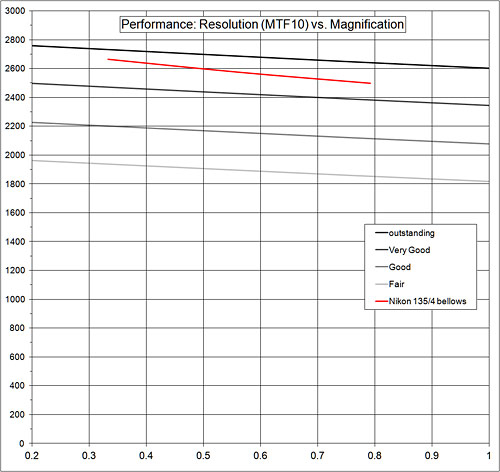 Performance: Resolution vs. Magnification:
Performance: Resolution vs. Magnification:
I have 4 lines that represent levels of performance from outstanding (top) to fair (bottom). This shows where this lens fits into the hierarchy that I have created.
The Nikon 135/4 bellows shows very good resolution performance across the macro magnification range.
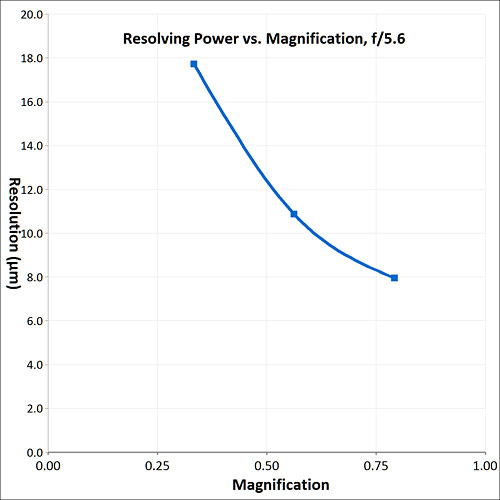 Resolving Power vs. Magnification:
Resolving Power vs. Magnification:
This graph represents the smallest details that are able to be resolved by this lens at various magnificaitons. If the number doesn't get smaller as the magnification rises, there is little benefit to going up in magnificaiton with this lens. This situation is also called empty magnification.
Very good resolution, no problems.
Chromatic Aberration:
This lens show minimal color fringing in the center (about 0.25 pixel) and minimal on the periphery (0.10 - 0.20 pixels). Anything below 1.0 pixel is good.
Image Contrast: Image contrast is good, typical for high-quality bellows lenses.
Flare: This lens shows no significant flare during testing.
Distortion: This lens shows no significant distortion during testing.
Image Samples:
About 0.4:1 magnification, f/5.6, cropped and resized:
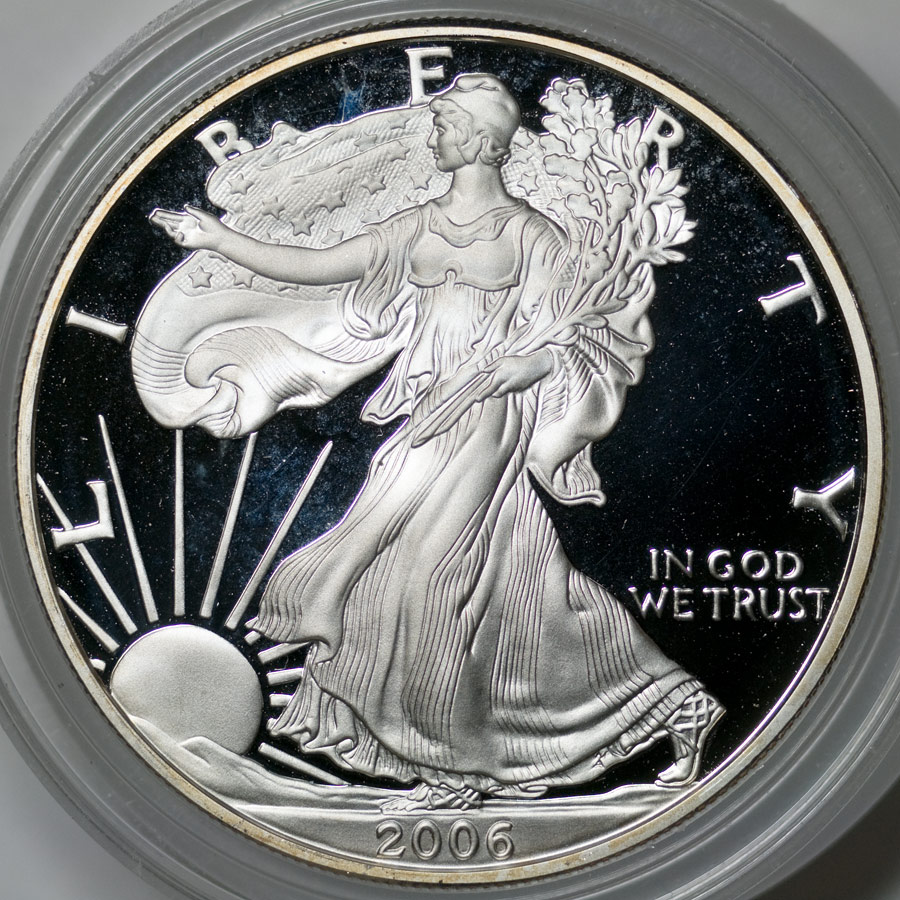
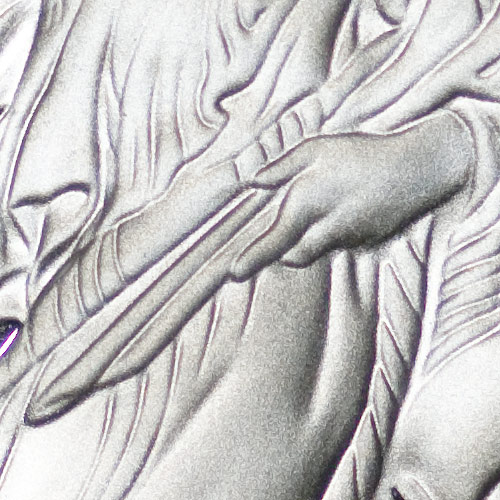 Pixel level crop from the image above:
Pixel level crop from the image above:
There is very good pixel level detail, no problems.
About 0.8:1 magnification, f/5.6, resized:
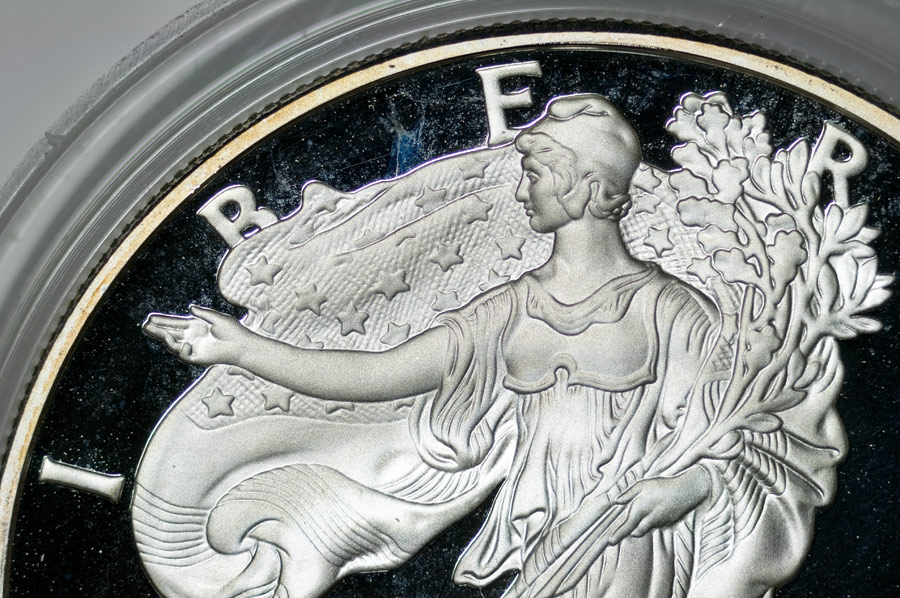
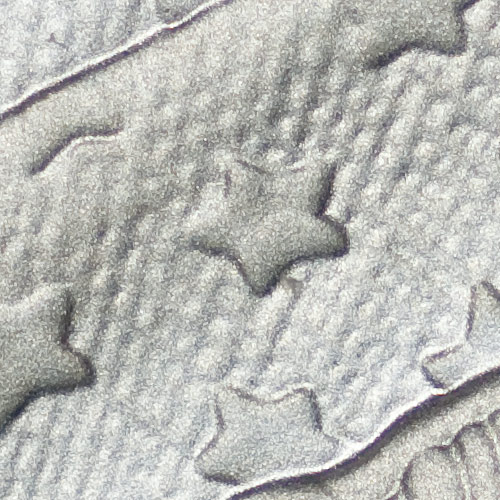 Pixel level crop from the image above:
Pixel level crop from the image above:
There is good pixel level detail, no problems.
Conclusion:
This is an fairly easy to find bellows lens that is quite old, but performs better than I expected for a lens of its focal length. The numbers are better than most 100-135 mm bellows and enlarging lenses that I have come across so far.
This lens has very good sharpness and resolution across the macro magnification range and performs at its best at f/5.6. This resolution also comes with a large working distance. There is very little chromatic aberration and no visible distortion. Corner sharpness is the only real downfall of this lens and it isn't so bad at f/5.6. The corner sharpness improves significantly at f/8 although you will pay a small price in resolution and sharpness when shooting at f/8.
Because of the large working distance, this lens works best with normal size coins - unless you have a very tall copystand. If you need to shoot large medals, you will probably want a shorter focal length lens.
All-in-all, there's not a lot to dislike about this lens. It should be a good general lens for imaging coins on a bellows. If you want to get to 1:1 you will need more than 190 mm of extension (limit of the Nikon PB-4 that I use). A 25mm extension tube should do the trick. That will allow you to image almost any coin at full-screen.